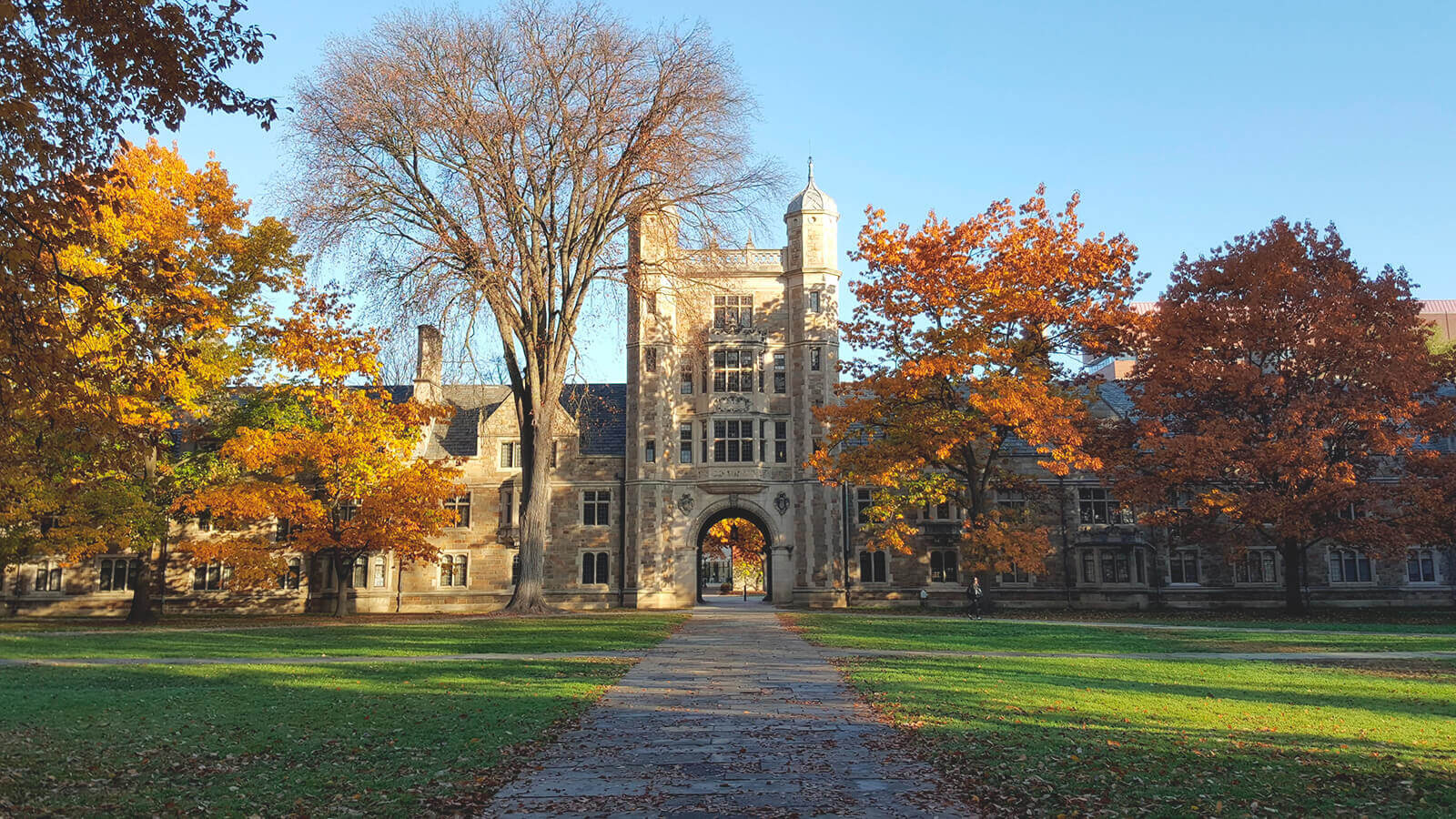

University of Michigan
One of
the foremost research universities in the United States, the University of
Michigan was founded in 1817, before Michigan had even become a state, and
moved from Detroit to what is now its Central campus in Ann Arbor in
1837.
Michigan
spans 780 acres, which is made up of its Central and North campuses, two
regional campuses, and a center in Detroit. It has a large student body of
around 45,000, with undergraduates numbering two-thirds of that number.
Michigan
has been lauded for having high standards of research, and the university’s
comprehensive graduate program offers doctoral degrees in the humanities,
social sciences, and STEM fields (science, technology, engineering and
mathematics) as well as professional degrees in architecture, business, medicine,
law, pharmacy, nursing, social work, public health, and dentistry.
Michigan's
body of living alumni comprises more than 540,000 people, which is one of the
largest alumni bases of any university in the world and a valuable resource for
current students when it comes to networking and building industry connections.
Around a
quarter of all students are accommodated on campus, with three large residence
halls serving undergraduates, and family housing which is intended mainly for
graduates. There are also off-campus apartments, houses, and co-operatives,
which generally house upper division and graduate students, as well as ‘theme
communities’ within residence halls, where students can immerse themselves
among peers with similar interests.
Michigan
has nearly 1,500 clubs and societies, including engineering project teams,
community service organizations, and charitable projects. The Michigan Marching
Band is over 100 years old and has 350 student members, and other noted musical
ensembles include the University of Michigan Men’s Glee Club, a men’s chorus
with over 100 members.
Michigan
has a history of student activism, and there are a number of groups dedicated
to various worth causes. Some, such as the United Students Against Sweatshops
(USAS), devote themselves to more left-wing causes, in this case holding to
account multinational companies that exploit their workers in factories, but
there are also conservative groups such as Young Americans for Freedom, as well
as non-partisan groups.
Cultural
and ethnical student organizations help students forge smaller communities from
the large university population, and publications such as the Michigan Daily,
published five days a week during term time, allow students to keep abreast of
the latest news on campus.

Tags:
Education